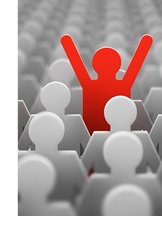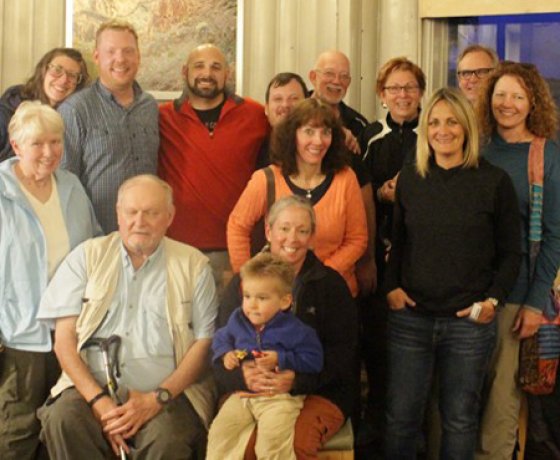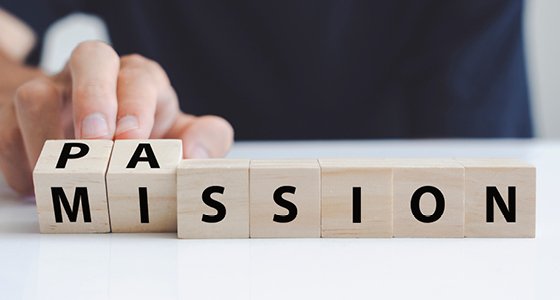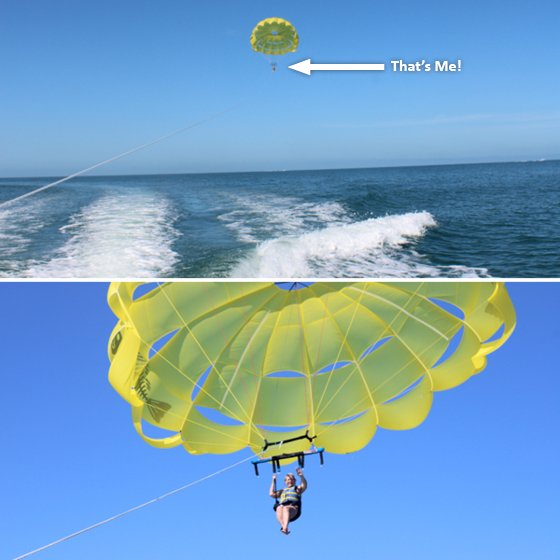My ABC's of Self-Efficacy To Build
Unshakeable Resilience: Altitude, Business, Cancer
Greetings *|FNAME|*,
 We've heard talk about the importance of being resilient, but really, what does that mean? Voted #4 in the list of the top 100 psychologists of the 20th century, Dr. Albert Bandur's academic writings on self-efficacy were a key influence on my own dissertation. Self-Efficacy is the belief in one's ability to do something specific. In essence, the theory is "If I believe I can, I probably will. If I don't believe I can, I probably won't." So here are three personal mediums of my own self-efficacy:
We've heard talk about the importance of being resilient, but really, what does that mean? Voted #4 in the list of the top 100 psychologists of the 20th century, Dr. Albert Bandur's academic writings on self-efficacy were a key influence on my own dissertation. Self-Efficacy is the belief in one's ability to do something specific. In essence, the theory is "If I believe I can, I probably will. If I don't believe I can, I probably won't." So here are three personal mediums of my own self-efficacy:
- I can hike the Grand Canyon (physical)
- My company can pivot during a pandemic (business)
- I can beat stage 3 triple negative breast cancer (medical)
Dr. Bandura examined this concept by integrating countless studies conducted over prior decades throughout the field. Some might say: that just sounds like hope or confidence! It may well be both; but it's also the foundation for resilience.
The Physical Challenge: Altitude
During 2017, two of our sons decided they would hike the Grand Canyon rim-to-rim in 2019. They invited friends and family, so Paul and I said we wanted to also do it (life is short). Therefore, we started training for the 24 mile desert hike. Our regimen included:
- Hiking 22 flights of stairs up and down the Florida State Capitol building with a 20 pound pack for 1.5 hours, twice weekly
- Treadmilling at Planet Fitness on a 15% incline for 3 hours, twice weekly (again, with the 20 pound pack)
- Hiking a 7-8 hour round trip, back and forth across Tallahassee, each week, with my ever present backpack
Paul and I did that for 18 months, reaching Arizona in the best shape of our lives. We acclimated on the South Rim (7000ft above sea level) for 2 days, then spent one day at the North Rim (8300ft). The morning of the hike we woke at 4:30am, got to the trailhead by dawn (through 6 inches of snow), then sallied forth. And then the one thing we didn't foresee, happened.
My husband started to weave and slip repeatedly as we hiked down the very narrow icy trail. His speech wasn't clear. He couldn't stop moving forward. About ¾ of a mile down, the group reassessed. They determined that he had a severe case of altitude sickness, and was in grave danger of falling over the ledge to his death. Most of that day was a blur, trying to get back to the top, finding a place to stay the night, and then getting back around to the South Rim on a shuttle. We were lucky in all aspects, given that it was a crowded Memorial Day weekend. We were able to reserve the last hotel room at the El Tovar Hotel (the penthouse, no less!), where he was able to recover his faculties. We were able to find the silver lining after a great meal and a good night's sleep. Despite our rigorous training, we realized the need to add one more thing: the need to train in the more rarified altitude 1.5 miles above sea level, or greater…for a while. Why? Because we are going back, God willing. It's another two years out (2024), but we've each started our training regimen again. And this time, we're reserving locations of equal or higher altitude for two weeks in advance of the hike to prepare for the adventure of a lifetime.

The Pandemic Challenge: Business
Self-efficacy can certainly reinforce perseverance. Some of that stick-to-it-ness comes through artful, and heart-ful, pivots. Here are some principles I use to inspire constructive reaction to crisis:
- Do what you can do, and leave the rest (sphere of influence)
- Start your day over anytime, especially if things spiral out of hand (releasing fault)
- When a horse throws you, get back on that horse and ride! (not brooding)
- Don't be a deer in the headlights, staring at what kills you (remaining mindful)
If you're in business, I'm sure Covid impacted your bottom line. One year ago, Forbes published an article talking specifically about where the pivot fits into companies remaining resilient. Successful organizations likely had two important things in place.
#1 was a risk management plan on how to specifically address various scenarios, providing rehearsed behavior that would make it easier to scenarioize a pandemic.
#2 was a solid, respectful, supportive culture, where vision, mission, and values were infused throughout in the workforce and in policies and procedures.
And I can personally attest to how effective the second item was for helping Change by Design thrive over the past 2 years of global challenge. So have the plan, have the people, work the plan, empower the people, and your company will flex its resiliency despite frightening market conditions to remain on the path to success.

The Medical Challenge: Cancer
"Stage 3 triple negative breast cancer."
That's not a diagnosis anyone wants to hear. But, here it is. One moment, Paul and I are ready and packed to go on our dream trip to Costa Rica... then the next, we were caught in the whirlwind of a new reality. Thankfully, every hotel and tour gave us our money back with the loving "Pura Vida! Come when you can!" encouragement.
However, Paul and I are not the kind to sit around and wait, so we have sprung into action with what we can do:
- Research the heck out of the diagnosis to understand terminology and implications. Triple Negative = fewer treatment options and likelihood of return..
- Consult our PCP, then move forward with the recommended surgeon and medical oncologist. Chemo treatment, then surgery, then radiation.
- Get a second opinion. As you're reading this, we are at MD Anderson Cancer Center in Houston for a week of tests and doctor meetings.
- Change my acidic diet (with white flour, sugar, milk products, grains, beans, high carbs) to one my functional medicine practitioner recommends is alkaline (low glycemic vegetables, healthy fats, lean proteins) in a functional medicine approach to starving the cancer. It's part of the solution.
- Identify the types of stressors I carry (conscious and even unconscious), then lower the stress everywhere. Because stress kills.
- Keep busy at work, but not stressed. Because I love it here at Change by Design, delivering great solutions that meet and exceed client requirements and expectations. It's fun, not stressful. And working each day with people I love as much as the work we do. Even if I'm fatigued due to chemo.
- Work with my team on a Change by Design risk management plan to make sure that if chemo lays me a bit low, everything will go forward without a hitch.
- Not let a vacation opportunity slip away. So instead of the week-long April vacation to Costa Rica, we took a 4-day trip to Clearwater Beach. Ate great food, took long walks, read good books, and parasailed for the first time:

No matter how you spell it or size it up, resilience comes in many forms. We often learn resilience after a lot of practice failing and getting back up to go at it again. Cancer is a daunting diagnosis, but I can't change the genetics. Covid is a daunting reality that is here, even when we wished it weren't so. The Grand Canyon debacle was emotionally devastating because of so much investment.
But life is too short to live in the "I can't" world. Resilience is simplifying to what matters most and doing this under any and all crisis. Bet on yourself, find out what you can do, and then then DO IT. Because you can absolutely thrive despite the storm of challenges.
Yours Truly,


Sue
Email | LinkedIn | V-Card